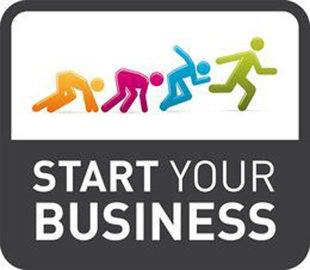In my last blog, I gave you tips to help you deal with any handicaps you may have. In this blog, I am going to describe four ways that can help you choose or change your career.
The First Way- The Internet
The popularity of laptops, tablets, and smartphones has given people ability to access the internet anywhere. Because these devices have become so popular, internet usage among Americans is very high. With that being said, the internet is the first place people will go to for guidance on to choose or change careers. There is a lot of advice on the internet, but more specifically there is a website called O*Net Online. This website is "a digital, online treasure house of information. On this site there are suggested careers that are grouped or classified by: industries in great demand, green economies, largest number of openings and anticipated, amount of preparation or training required, to name a few. Once you find an occupation you want to know more about, they have a special Content Model which has up to twelve pages of print outs for each occupation.
Second Way-Tests
These tests are not actual "tests", they are instruments or assignments that be found in many places. Some places where these "tests" can be found are on the internet, in the offices of guidance counselors, or vocational psychologists, career coaches, etc. Often times, these tests turn out to be exactly the kind of guidance or direction that someone who is looking to choose or change their career may need. When looking at these tests, Boles gives six learnings: 1. you are unique, so only you can describe the "family" you belong to. 2. don't try to figure out ahead of time how you want the test to come out, stay loose and open to ideas. 3. when taking one of these tests, you should only be looking for clues or suggestions, rather than a definite answer that tells you what you must do with your life. 4. take several tests, not just one. One test can send you down the wrong path. 5. you are trying to broaden your horizons initially and later looking to narrow your options. Do not look to narrow your options right away. 6. tests will always have mixed reviews
The Third Way- Using The Flower Exercise
When using the flower exercise, there are seven steps that may help you choose your career.
1. You have to do the flower exercise which will give you the building blocks of Who You Are so you can find what type of career is best for you.
2. Then put your five favorite transferable skills on a piece of paper, and three favorite fields of knowledge. This will help you find the names of careers that fit you.
3. If possible try to figure out a way to combine your three favorite fields in to one career to make yourself unique.
4. Talk to workers in the kind of careers you have picked out
5. Find out what kind of organizations in the area near you that interests you.
6. Look to find out the actual names of organizations that interest you, where you could do your best work.
7. Lastly learn about the places before you walk in and secure an appointment to talk to them about working there.
The Fourth Way- Finding Out What The Job-Market Will Need
You may have tried all of the previous ways to help you find or change a career, but none have worked. This last way is based on projections about the coming needs and wishes of the job-market. Instead of focusing on what you want, you will focus on what the job-market wants. There are a bunch of lists that describe "hot jobs", but take whatever you read with a grain of salt. Some of the hot jobs that Forbes.com listed were Software Developers, Accountant and Auditors, Market Research Analysts and Marketing Specialists, Computer Systems Analysts, Human Resources, Sales Reps, Mechanical Engineers, and Industrial Engineers. You can find more of these "hot jobs" online at
www.bls.gov/ooh.




































